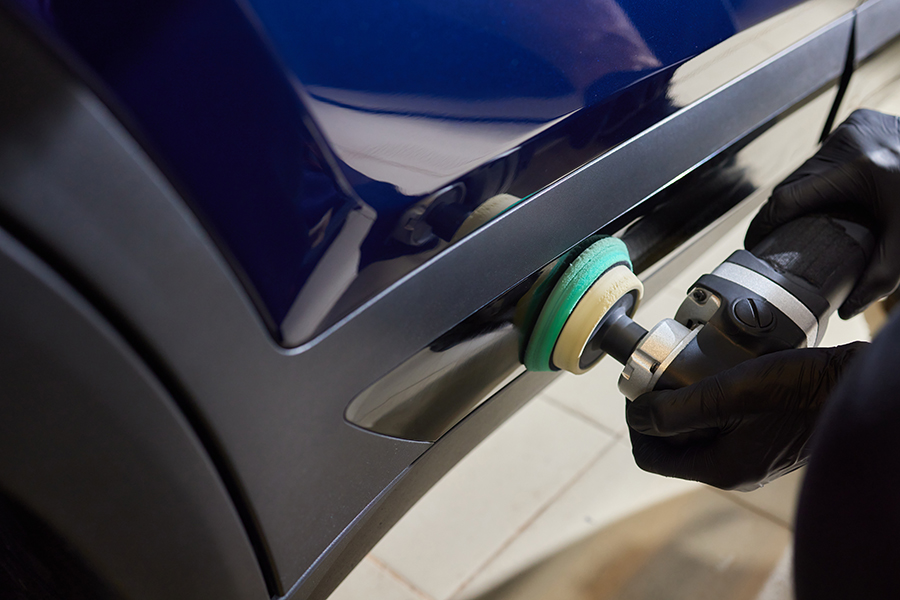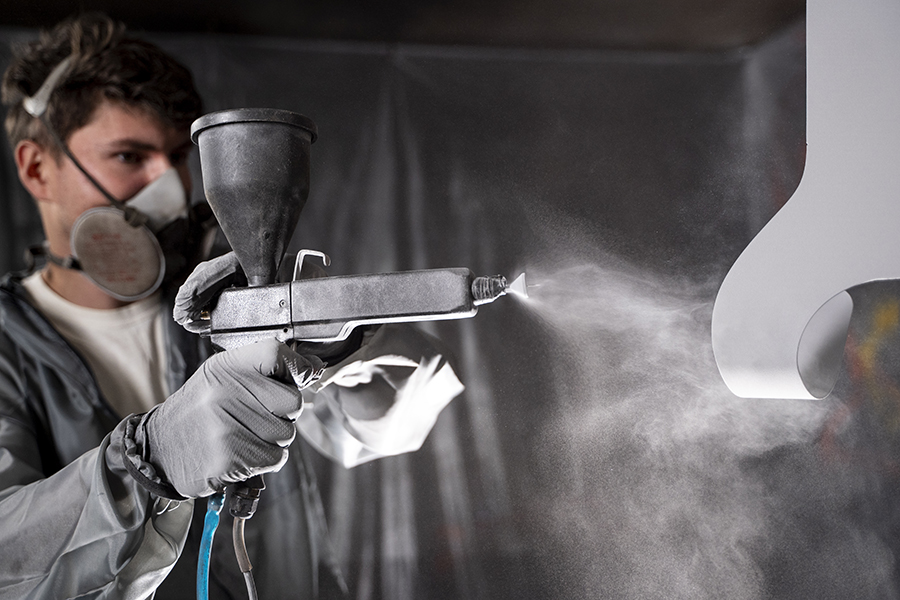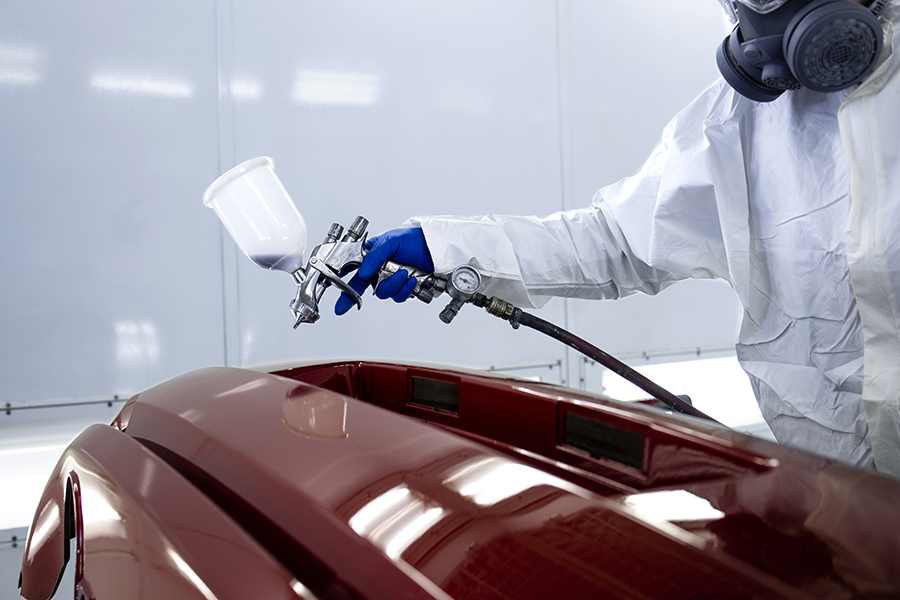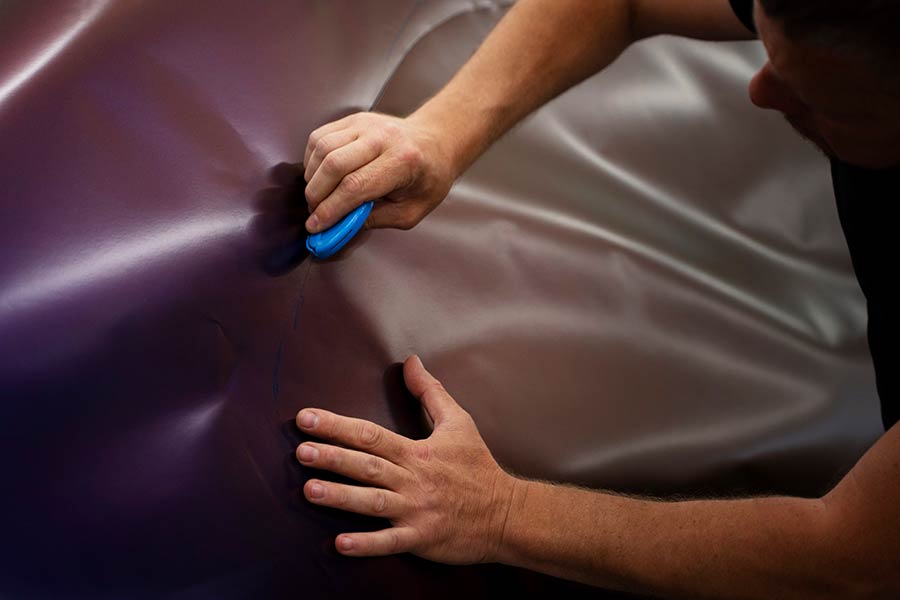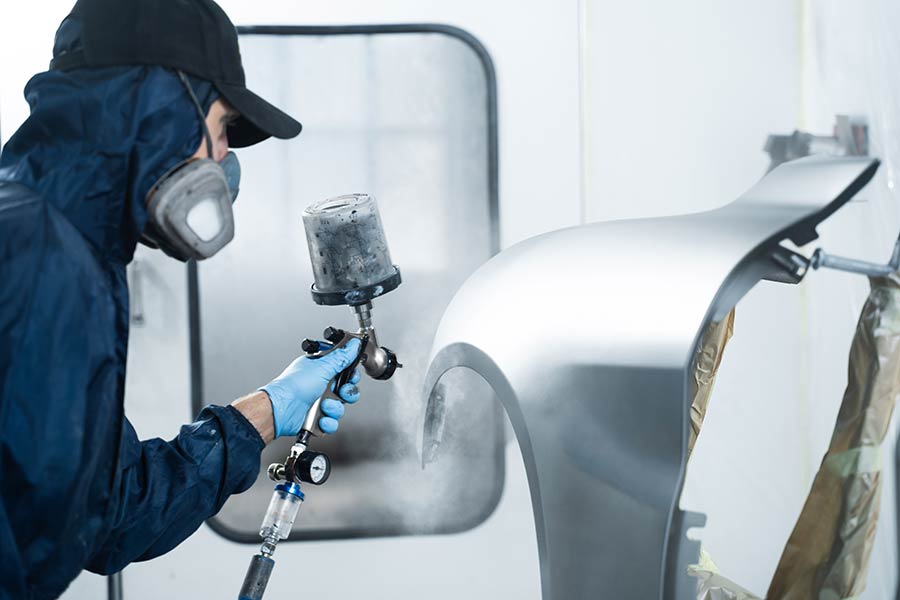Scratches on your car can feel like a thorn in your side. They make your ride look less awesome and can lead to bigger problems. But fixing them isn’t rocket science. With the right know-how, you can tackle scratch paint car repair yourself. Cars have been around for over a century, and scratches have been their pesky companions from the start. The good news? You don’t need a mechanic’s degree to make your car shine again. Dive in, and let’s get those scratches sorted out! It's easier than you think.
Key Takeaways
- Identify Scratch Type: Know if it's a surface or deep scratch before fixing.
- Use Right Tools: Gather needed tools like sandpaper and touch-up paint.
- DIY Repair Steps: Follow simple steps to fix minor scratches at home.
- Protect Paint: Apply wax regularly to shield car paint from future scratches.
- Check Paint Codes: Use correct paint code for an exact color match.
- Consider Professional Help: For deep scratches, seek expert repair to avoid further damage.
Understanding Car Scratches
Types of Scratches
Car scratches vary in depth and severity. Surface scratches only affect the clear coat. These are the lightest type and often look like faint lines on your car's surface. Paint scratches go deeper, penetrating the color layer. They are more noticeable and may expose a different color underneath. Deep scratches reach the primer or even the metal, causing significant damage. These require more attention to prevent rust.
Causes of Scratches
Scratches can happen for many reasons. Accidental contact with objects like keys or branches is common. Environmental factors also play a role, such as gravel or road debris hitting your car while driving. Improper car washing techniques can cause scratches too. Using dirty sponges or towels can leave marks on the paint.
Scratch Severity Levels
Scratches have different severity levels. Light scratches are the least severe. They can often be buffed out with polishing compounds. Moderate scratches need touch-up paint to cover the damaged area. Severe scratches are the worst kind. They usually need professional repair to restore the car's appearance fully.
Car Paint Basics
Importance of Paint
Car paint does more than just look nice. It protects the car's body from rust and corrosion. This is important because metal can rust when exposed to air and water. Paint acts like a shield.
Paint also makes cars look good. A shiny car with bright colors catches the eye. This enhances its aesthetic appeal. People often choose cars based on how they look.
Keeping the paint in good condition helps maintain the car's resale value. A well-painted car can sell for more money. Buyers prefer cars that look new and fresh.
Paint Layers Explained
A car's paint has several layers. The clear coat is on top. It protects the paint from scratches and sun damage. It also adds shine, making the car gleam in the light.
Below the clear coat is the base coat. This layer provides color. It's what people see when they look at a car.
The primer is the bottom layer. It helps paint stick to the car's body. It also prevents corrosion, keeping the metal safe from rust.
Common Paint Types
There are different types of car paint. Acrylic lacquer was used in older cars. It's not very durable, so it doesn't last long.
Urethane paints are more popular today. They are strong and have a nice finish. They withstand weather better than older paints.
Enamel paints are easy to apply. They dry to a hard finish, which protects the car well.
Repairing Car Scratches
DIY Scratch Repair Steps
First, clean the scratch area. Use soap and water. Dry it with a soft cloth. Next, sand the scratch lightly. This smooths out rough edges. Be gentle to avoid more damage.
Apply touch-up paint carefully. Use a small brush for precision. Let it dry. Finish with a clear coat to protect the paint. This makes it shiny and new-looking.
Using Scratch Repair Kits
Scratch repair kits are handy. Follow instructions carefully for best results. Each kit may differ slightly. Use the applicator included in the kit. It helps with precise touch-ups.
Finish by polishing the area. This blends the repair with the rest of the car's paint. The polish makes the surface smooth and shiny again.
When to Seek Professional Help
Deep or extensive scratches need expert help. Consult a professional for these issues. They have tools and skills for proper repairs.
If unsure about doing it yourself, ask an expert. They can guide you on what’s best for your car. Professionals ensure perfect color matching too, which is tricky at home.
Maintaining Car Paint
Regular Cleaning Tips
Regular cleaning keeps your car paint looking fresh. Wash the car regularly to prevent dirt buildup. Dirt can scratch the paint if left too long. Use soft cloths or sponges when washing. This prevents new scratches from forming. Rinse thoroughly to remove all soap residues. Soap left on the car can damage the paint over time.
Polishing and Waxing
Polishing and waxing help maintain your car's shine. Polish removes minor surface imperfections like small scratches or swirl marks. It smooths out the paint surface, making it look newer. Waxing adds a protective layer against elements like sun and rain. Perform these tasks regularly for optimal results. This keeps your car looking shiny and new.
Protective Coatings
Protective coatings offer extra security for your car paint. Apply ceramic coatings for long-lasting protection. They shield against UV rays, dirt, and other harmful elements. Paint sealants serve as an alternative to waxing. They provide a durable shield that lasts longer than wax. Consider film wraps for high-impact areas like bumpers and hoods. These areas often get more wear, so extra protection helps.
Closing Thoughts
Alright, folks, you've now got the lowdown on dealing with those pesky car scratches. It's like being a detective solving a mystery, right? You know the basics of paint and how to fix those scratches. Plus, you've got the scoop on keeping your car's paint looking fresh and fly. Now's the time to roll up your sleeves and put this knowledge into action. Your ride deserves that TLC!
Don't let scratches get you down. Tackle them head-on and keep your car looking sharp. Got questions or need more tips? Dive deeper, chat with experts, or join online forums. And hey, share your success stories with fellow car enthusiasts. Let's keep those wheels turning smoothly and shining bright! Ready to give your car some love? Go for it!
Frequently Asked Questions
What causes car scratches?
Car scratches can happen from everyday mishaps like brushing against a bush, opening a door too close to a wall, or even washing with abrasive materials. It's like your car's skin getting a scrape.
How can I tell the depth of a car scratch?
Run your fingernail over it. If it catches, it's deep and needs more than just polish. Think of it as a paper cut versus a deeper wound.
Can I fix car scratches myself?
Yes, minor scratches can often be buffed out with DIY kits. It's like applying a band-aid to your car. But for deeper ones, consulting a professional is best.
What are the basic steps to repair car paint scratches?
Clean the area, sand lightly, apply touch-up paint, and finish with a clear coat. It’s akin to giving your car a mini makeover.
Does waxing help prevent scratches?
Wax adds a protective layer to your car's paint, much like sunscreen for your skin. It won't stop all scratches but can reduce minor abrasions.
How often should I maintain my car's paint?
Regular washing and waxing every few months keep your car looking fresh. Think of it as routine skincare for your ride.
Are there any products that help hide scratches temporarily?
Yes, scratch remover pens and polishes can mask them temporarily. They're like makeup concealers for your car's blemishes.
